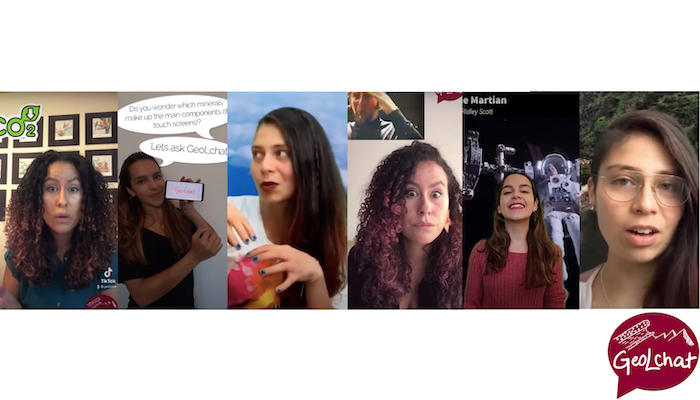When most people hear Geology, they might think ‘rocks’, ‘diamonds’ or ‘oil and gas’, and these perceptions of the Geosciences vary from country to country. This week, we have PhD student Ayuni Ina Mohamaad from the University of Florida to tell us more about the Malaysian view of geoscientists. Fresh out of high school in 2009, I was still unclear with how I would like to move forward in life, ca ...[Read More]
Do lower mantle slabs contribute in generating the Indian Ocean geoid low?

The Indian Ocean Geoid Low is an enigmatic phenomenon in geodynamics. Many brain-storming hypotheses have been proposed in the last few decades to explain this geoid low. One popular idea argues that the high density lower mantle slabs contribute to this geoid low. Recent discoveries have shown that low-density anomalies from the African LLSVP region could have a more substantial influence on crea ...[Read More]
GeoLchat: el experimento de divulgación científica bilingüe hecho por tres geocientíficas colombianas
GeoLchat: A Bilingual Science Communication Experiment of Three Colombian Geoscientists Una de las cosas más importantes que se les enseña en la academia a los estudiantes de ciencia alrededor del mundo es aprender a usar el lenguaje científico. Sin embargo, nunca se les enseña a hablar acerca de ciencia en un lenguaje sencillo, y tampoco a comunicar y divulgar sus investigaciones en lenguajes dif ...[Read More]
Catching up with Iris van Zelst on everything outreach, science communication, and vlogging
Following from last week’s post on the Science Sisters series, this week we sit with outreach extraordinaire and EGU GD blog editor-in-chief Iris van Zelst to talk about all things scicom, vlogging and a new geological time game that you do not want to miss out on! Hi Iris, thanks for chatting with us! First things first tell us a little bit about yourself and what you do! Thank you very much for ...[Read More]



